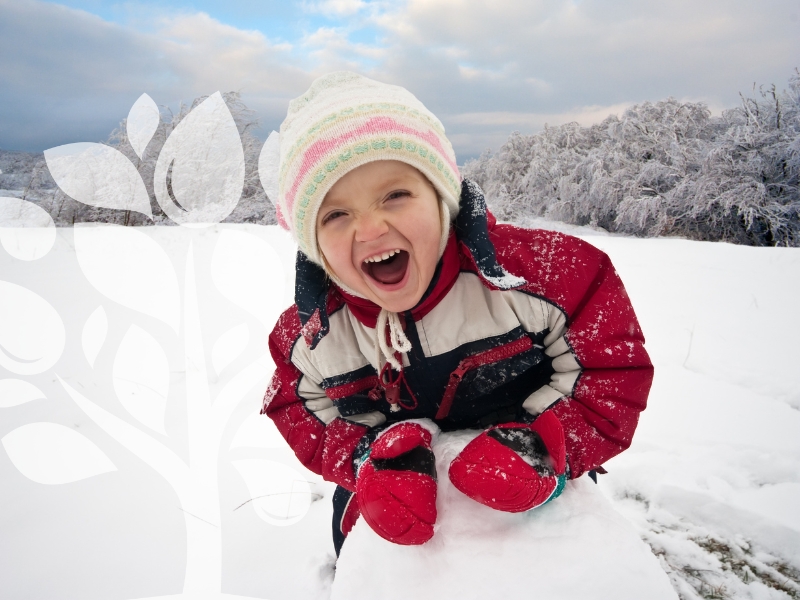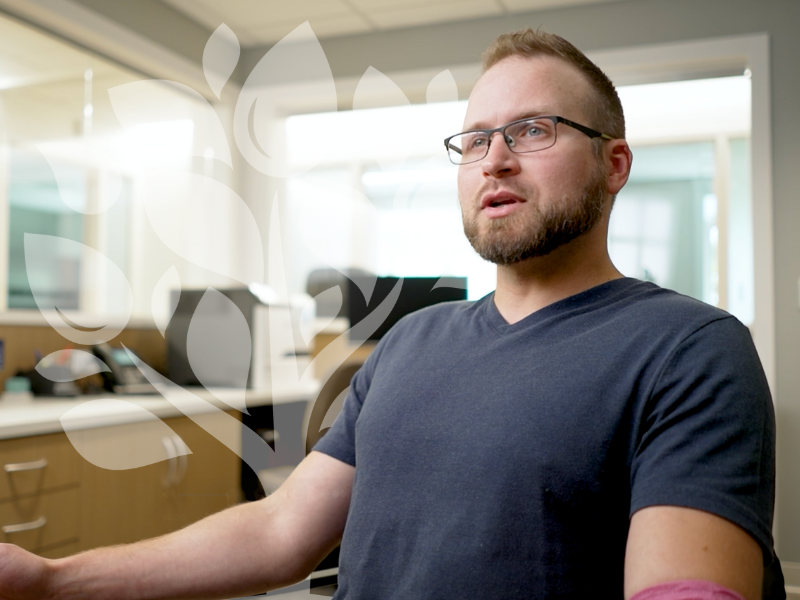Winter weather brings beautiful snow, cozy moments by the fire, and exciting outdoor activities. But for individuals with bleeding disorders, the colder months also come with added challenges. Icy sidewalks, slippery conditions, and the potential for falls can be particularly concerning when managing a bleeding disorder.
Here are some essential winter weather tips to help you stay safe and protected during this season:
1. Be Extra Cautious of Slippery Surfaces
Slips and falls are a common winter hazard, especially when sidewalks and streets become icy or wet. If you have a bleeding disorder, a fall can be more than just painful—it could lead to internal bleeding that’s not immediately visible. While you might only notice a bump or bruise on the outside, the real danger lies beneath the surface, where internal bleeding could be taking place without any visible signs.
To minimize your risk:
- Wear shoes with good traction or use ice grippers when walking outside.
- Avoid walking on icy areas if possible. Stick to well-maintained paths.
- Keep walkways and driveways clear of snow and ice, or ask for assistance if needed.
2. Understand the Hidden Danger of Internal Bleeds
One of the greatest risks for individuals with bleeding disorders during winter is that not all injuries are visible. Life-threatening bleeds are often those you can’t see. A fall or bump could cause internal bleeding, especially in joints or muscles. Internal bleeds can be harder to detect without proper monitoring, but they can still be severe. The quicker you respond, the better.
If you experience any fall or impact, it’s important to be vigilant for signs of internal bleeding:
- Pain or swelling in a joint or muscle
- Unexplained bruising that develops after an incident
- Increased pain or restricted movement in any area of your body

Important Note: If You Hit Your Head or Any Other Life-Threatening Area
In addition to being aware of subtle signs of internal bleeding, it’s essential to recognize that certain injuries, especially to the head, neck, spine, or abdomen can be life-threatening. A head injury, for instance, could lead to a serious internal bleed, such as a brain hemorrhage, which may not be immediately noticeable. If you hit your head or experience a traumatic injury to any critical area of your body, it’s crucial to contact your hemophilia treatment center (HTC) right away. Your HTC will be able to assess the severity of the situation and guide you on whether you need to seek emergency medical care.
In cases where an injury seems serious or you are unsure about the potential risks, it is always better to err on the side of caution. We would rather be safe than sorry, and a trip to the emergency department may be necessary to ensure your safety and well-being.
Remember, early intervention can significantly reduce the risk of serious complications, so don’t hesitate to reach out to your HTC if you experience any fall or injury. Your healthcare team is there to provide the necessary care and support.
3. Report Any Falls to Your Hemophilia Treatment Center
If you experience a fall, it’s vital to report it to your local hemophilia treatment center (HTC). Even if you don’t feel immediate pain or see any external bruising, it’s better to be safe than sorry. The healthcare professionals at your HTC are specially trained to evaluate and manage bleeds related to bleeding disorders. They may recommend that you take extra precautions, such as infusions or other treatments, to prevent a more serious complication from developing.
If you are unsure whether a fall has caused internal bleeding, don’t hesitate to call your HTC for guidance. They can help assess whether you need additional care or monitoring, even if the injury seems minor at first.
4. Maintain a Safe Environment
Winter storms can cause hazardous conditions at home, so make sure your living space is prepared for the season:
- Keep paths to your front door and garage clear of snow and ice.
- Consider installing railings or handrails along stairs, walkways, and other high-risk areas.
- Keep your home well-lit in the evening, especially near stairs or uneven flooring, to help prevent accidental falls.
5. Dress Warmly and Layer Up
Cold temperatures can make your joints and muscles stiff and more prone to injury. Dressing in layers allows you to stay warm while also providing the flexibility to move without straining. Remember to wear hats, scarves, gloves, and proper winter outerwear to keep your extremities safe from frostbite.
6. Keep Hydrated and Nourished
It’s easy to forget about hydration during the winter months, especially when the air is colder and drier. Staying hydrated is important for everyone, but especially for individuals with bleeding disorders, as it helps maintain optimal blood flow and reduces the risk of complications. Be sure to eat a balanced diet and drink plenty of water, even when you’re not feeling thirsty.
Winter can be a wonderful season, but for individuals with bleeding disorders, extra care is needed to stay safe. By being mindful of slippery surfaces, reporting falls, and understanding the risks of internal bleeds, you can reduce your chances of experiencing complications this winter.
Always remember: The bleeds you can’t see are often the most dangerous. So don’t hesitate to contact your hemophilia treatment center if anything feels off after a fall, no matter how minor it may seem. Being proactive in your care is the best way to enjoy the season with peace of mind. Stay safe and stay healthy!




